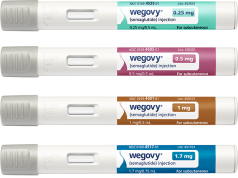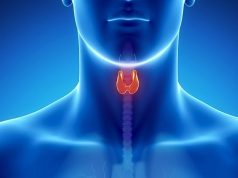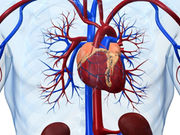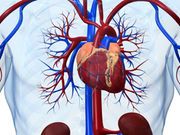Diabetes and Endocrinology
Home Diabetes and Endocrinology
Cardiometabolic Risk, HOMA-IR Up With Increasing BMI in Young
Cardiorespiratory fitness cuts cardiometabolic risk score as BMI categories rise in children
Liraglutide Linked to Reduction in VAT, Improvement in β-Index
Significant improvement in IGF-II serum levels with liraglutide for obese with prediabetes, early T2DM
Nut Consumption Linked to Nutritionally Rich Food Intake
Nut consumers eat more fruits, vegetables, less red meat, and have lower BMI than non-nut consumers
Insulin Dose Not Tied to Cardiovascular Outcomes
Similar findings among individuals with diabetes able to achieve normoglycemia
Worker Contribution to Health Benefits Up in 2017
Share of firms offering coverage, workers receiving coverage remained stable
Diabetes Insipidus Can Occur After Stopping Vasopressin
Incidence may be underestimated due to a paucity of published reports, authors say
Fasting Blood Glucose Trajectory May Predict Future MI
Increased risk for elevated-stable pattern; decreased risk for elevated-decreasing pattern
Few Older Patients Aware of Deprescribing
Although the majority surveyed are aware of medication harms
Effect of Osteoporotic Fractures Similar to Diabetes Burden
Findings for quality of life with hip fractures, vertebral compression vs. vision loss, amputation
Diabetes Treatment Failure May Actually Be Nonadherence
Second-line treatment often initiated without evidence of recommended use of first-line treatment



















